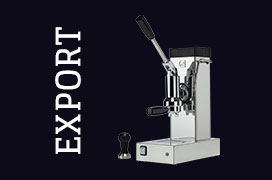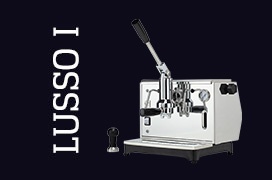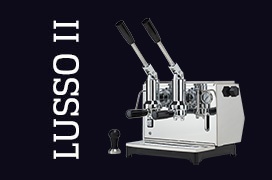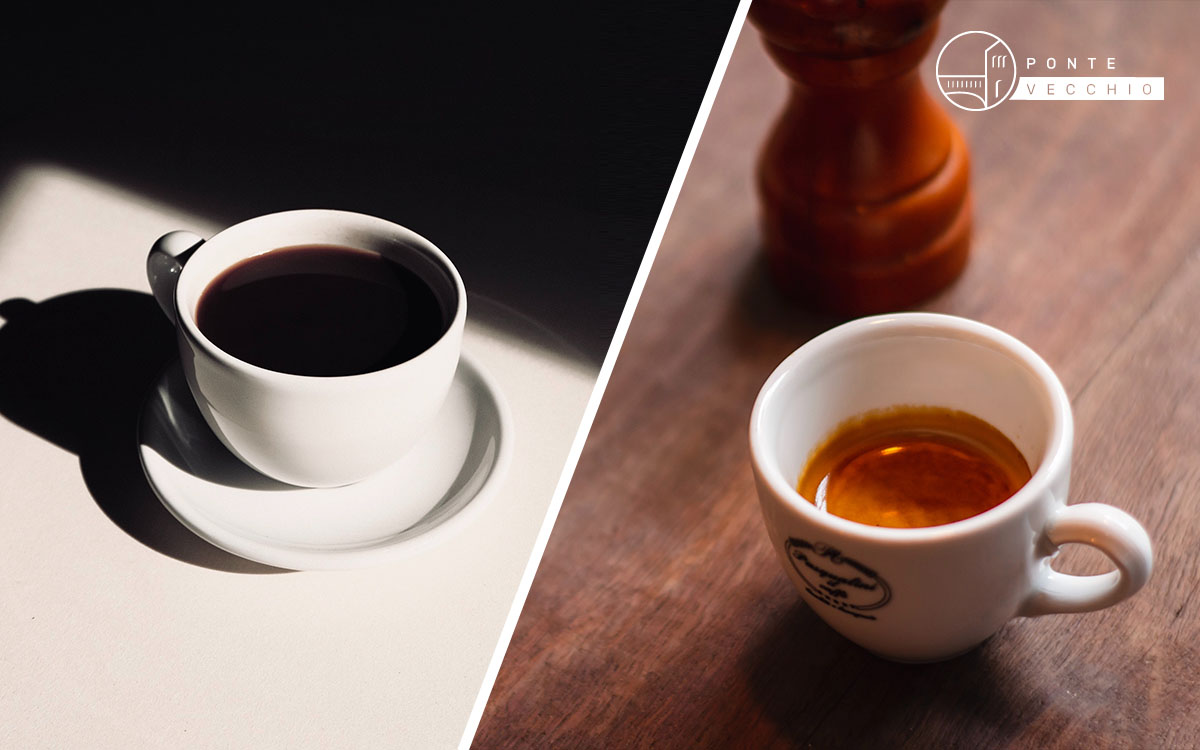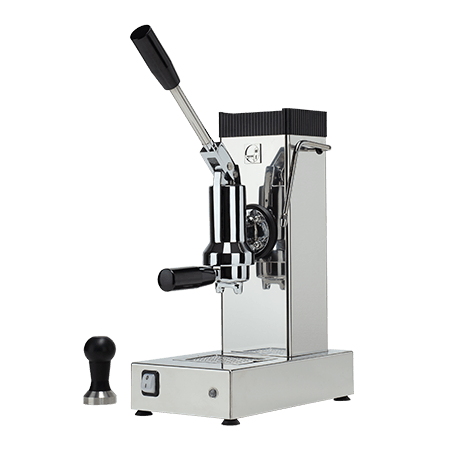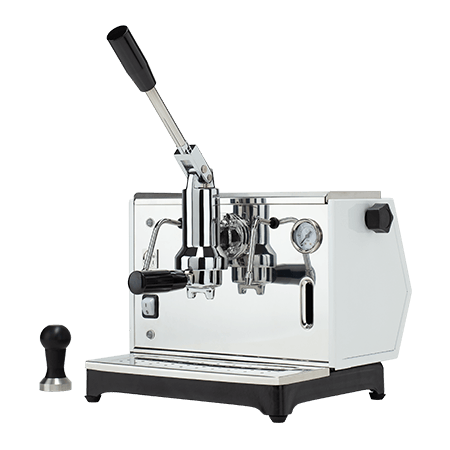The two main raw ingredients needed to make coffee are hot water and Arabica and Robusta beans. However, in this instance, it is imperative to underline that there are several types of coffee and, more importantly, that there is a significant difference between coffee and espresso!
Despite the fact that the ingredients are fundamentally the same, the results might differ greatly.
But won’t we be too picky?
Definitely not! And it is well known abroad.
In Italy, the terms “espresso” and “coffee” can be used indiscriminately and interchangeably with the same meaning.
But have you ever tried to say “a coffee, please!” outside our peninsula?
What drink was served to you?
There are many various ways to make coffee, and the term has a distinct meaning depending on the situation. Therefore, ordering a coffee puts you at danger of receiving an American, Turkish, or filtered coffee without the option to object to having requested a different beverage.
Therefore, there is a significant difference between coffee and espresso outside of Italy, which should be considered when travelling or with foreigners.
Are there actually any distinctions between espresso and coffee other their respective definitions? Is it possible to create so many diverse beverages using only two ingredients?
The truth is that espresso is a distinct beverage having nothing to do with other varieties of coffee thanks to a variety of factors.
You must read this article if you want to learn about all the differences between espresso and coffee. You can discover extensive research on this subject that we at Pontevecchio have written in the following few lines.
Spoiler: the sort of blend is not one of the characteristics that sets the two drinks apart. Actually, both Robusta and Arabica coffee beans can be utilised.
What is meant by coffee and espresso?
Cream on the surface, longer roasting, intense, and full-bodied aroma, the word “espresso” refers exclusively to the drink extracted with an espresso machine. It is a variety of concentrated coffee that is made by percolating water and ground coffee.
It is the water pressure, which is much higher than other preparation techniques like the regular coffee machine, the French Press, or the Chemex, that gives it its typical flavour, texture, and scent. The espresso coffee maker uses hot water that is pumped through the ground coffee at a pressure of nine atmospheres to extract the oils from the powder and give the beverage its distinctive flavour. Additionally, the drink’s density is altered by the high-pressure extraction, giving it additional body, and forming the traditional cremette.
Due to the longer contact time between the coffee powder and water, the pre-infusion time has an additional impact on the espresso’s flavour.
The speed of extraction and the type of procedure are two of espresso’s qualities that are included in the definition.
Contrarily, the word coffee refers to the beverage made from Arabica and Robusta coffee beans, which are part of the Coffea plant. Filtered coffee, infusion, café de olla, boiling, filtration, Neapolitan coffee, French coffee, Turkish coffee, and espresso are all forms of extraction that fall under the umbrella term “coffee.”
So, while espresso is still a form of coffee, it differs significantly from other extracts.
Main differences between espresso and coffee
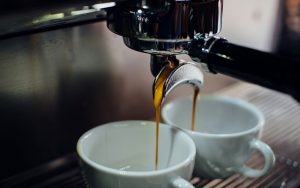
If you had previously believed that there were no differences between coffee and espresso, you will discover what the characteristics of the various preparations are and how they vary from one another in the following few lines.
There are numerous variations that relate to both the quality of the selected blend and the extraction method. While there are no differences in the ingredients, the distinctiveness of the espresso is conveyed in the aroma and consistency of the beverage.
Let’s see together the 10 differences between coffee and espresso.
1. Roasting process
The process of roasting the beans gives the coffee its flavour and aromatic profile, making it palatable.
For the preparation of the espresso, the roasting process is longer because the grains must be dark and well toasted. This particularity helps to neutralise acidity, making the mixture richer and more potent as a result.
On the other hand, lighter, medium-light, or somewhat darker beans are required for coffee prepared using various techniques.
2. Grinding
The kind of preparation and, subsequently, the infusion period are strongly correlated with the mixture’s grain.
Because the infusion period is greater for slower extraction operations, a coarser powder is needed. Contrarily, the espresso is extracted fast, and there is little contact time between the powder and the boiling water. Therefore, the powder needs to be very fine in order for the water to quickly absorb all the mixture’s aromatic properties.
3. Quantity of variants
Cappuccino, macchiato, coffee cream, espresso, mocha, Salentino coffee, and so forth since there are literally an infinite number of delicious varieties that may be made with espresso.
It is one of the most adaptable ingredients available, allowing bartenders from all over the world to make imaginative drinks to please even the pickiest customers. There are no restrictions on the types of drinks that can be made when the espresso base, or the espresso itself, is made properly.
Espresso encourages creativity more than other varieties of coffee, which are less flavourful and more watery.
4. Cup
Large cups, which can hold the necessary amount of blend, should be used to enjoy long coffee, just like American coffee.
But there is no space for approximation when it comes to espresso. A cup of espresso coffee needs to hold between 60 and 90 millilitres of coffee, anything less results in a small cup and anything more in a long sip.
You must become familiar with the coffee machine and know when to cease distributing in order to avoid making mistakes.
5. Aroma
Even those with untrained palates may tell there is a significant taste variation between different varieties of coffee.
Espresso stands out from coffee extracted with Moka or drip coffee thanks to its strong, powerful, and full-bodied flavour. The fatty beans from the prolonged roasting result in a stronger espresso.
Contrarily, the coffee flavour is milder, less potent, and has acidic undertones.
6. Caffeine
Does espresso have more caffeine than regular coffee?
There are two possible answers to this query:
- a cup of coffee extracted with a professional coffee machine contains less caffeine than American coffee;
- espresso coffee contains more caffeine per gramme than drip coffee.
This means that the caffeine content depends on the amount of drink that is consumed.
7. Extraction process
Some of the most common and widely used techniques of coffee extraction are the French press, Turkish coffee, American coffee, classic coffee maker, and espresso machine.
For instance, the powder is let to soak in hot water before being filtered in American coffee. Filter coffee works the same way, but by changing the timing.
In a traditional Moka, the water rises through the filter, where it comes into contact with the powder, and then moves to the top part of the appliance.
On the other hand, hot water under pressure that travels through the espresso powder and filter and into the cup is what actually extracts the espresso.
8. Espresso machine
Contrary to other extraction methods, the extraction of an espresso requires such intense pressure to heat the water that no other coffee maker can match it. Each technique is based on a unique preparation procedure, where the two basic components are the water and the coffee machine.
There are many coffee machines, including the traditional coffee maker, the Chemex, the American coffee maker and the French Press. Italian espresso coffee, on the other hand, can only be extracted with a specific machine: the manual or automatic espresso coffee machine.
9. Consistency
Compared to other kinds of coffee, the extract from bar machines is creamier and thicker in texture.
While filter coffee strongly resembles the texture of tea, American coffee is more liquid and watered down. The French press produces a beverage like herbal tea.
On the other hand, the espresso’s distinctive surface coating of light cream sets it apart from other preparations. Even the liquid portion has a specific viscosity that allows you to appreciate every flavour’s subtlety.
10. Blend
But before moving on, it’s important to dispel one of the most common misconceptions about coffee: the notion that in addition to other factors, the blends used to make espresso and coffee differ from one another.
The varieties of beans used for coffee and those destined for the espresso machine are identical.
The coffee beans produced for sale come from two types of varieties of the Coffea plant: Arabica and Robusta. The two plants produce coffee with extremely different fragrance qualities. Depending on the variety chosen, Arabica beans can have a taste that ranges from spicy to sweet.
On the other hand, the Robusta quality’s organoleptic characteristics are distinct and strikingly similar to those of hazelnuts.
Espresso and coffee are made using both Robusta and Arabica beans without distinction.
So, is it better to drink a coffee or an espresso?

This is an excellent question, to which we can only give a single answer: it depends!
The differences between espresso and coffee are many and substantial because they involve almost all aspects of the preparation of the drink: roasting, consistency, extraction method, grinding of the beans, caffeine content. Furthermore, They can also be tasted to confirm them because each preparation changes the scent, density, and olfactory qualities of the coffee.
So, the best drink is a matter of personal preference.
For us, though, the solution is clear: espresso is unrivalled. Because of this, our company has focused for years on developing manual coffee machines that can produce the best extract possible.
Pontevecchio lever coffee machines are the only ones of their sort because they use premium materials and an extraction mechanism that has been meticulously thought out.
The process starts by heating the hot water in the boiler. When the lever is lowered, the lever machine starts, sending water through a number of pipes until it reaches the filter holder. Water is then poured over the coffee, extracting the espresso’s full aroma.
Buy a Pontevecchio model right now if you share the opinion that espresso is the only way to make coffee. These machines provide the greatest Italian espresso.
